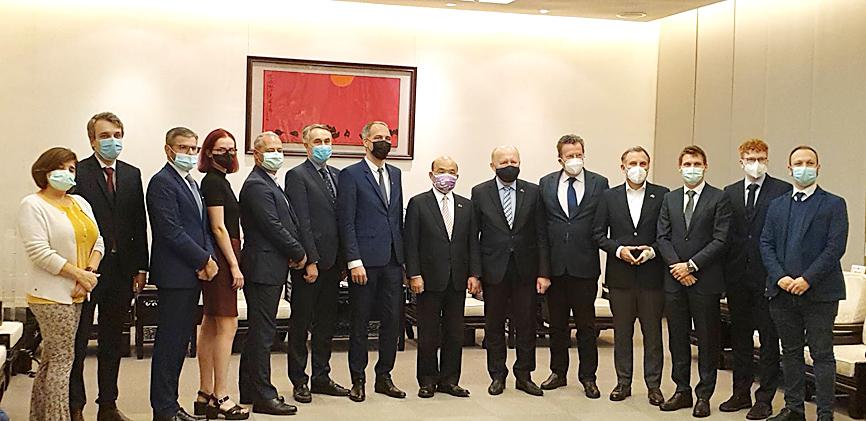“Taiwanese shrug off China threat and place their trust in ‘Daddy America,’” ran the headline of a Financial Times article on Aug. 23, bemoaning Taiwan’s apparent complacency in the face of China’s military intimidation and Chinese President Xi Jinping’s (習近平) talk of “reunification of the motherland.”
The article cited a poll in April that found only 39.6 percent of respondents expected a cross-strait war, and noted that many Taiwanese beneficiaries of US-donated COVID-19 vaccines had expressed their thanks on Facebook with the words: “Thank you, Daddy America.”
Rhetoric apart, little is truly familial about the Taiwan-China-US tangle.












